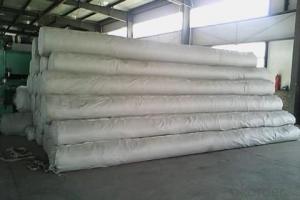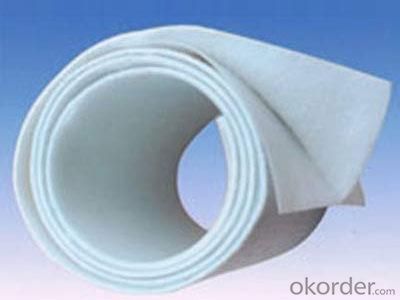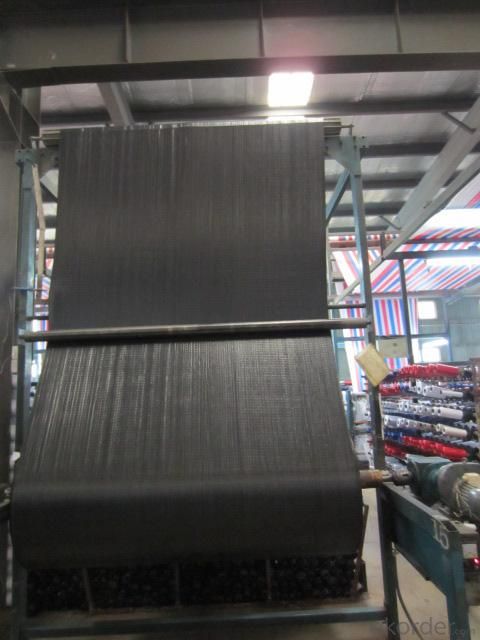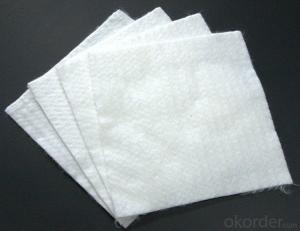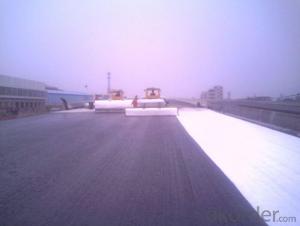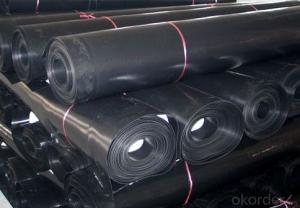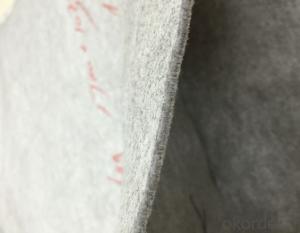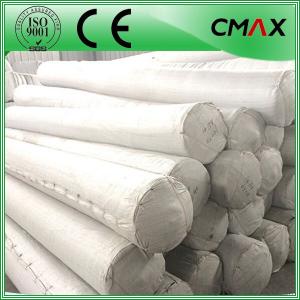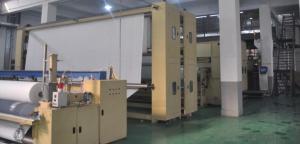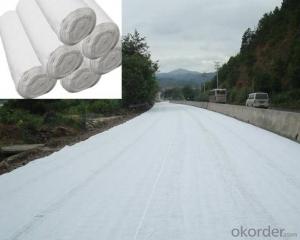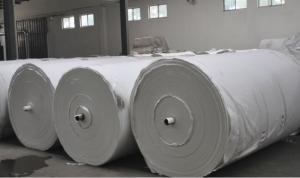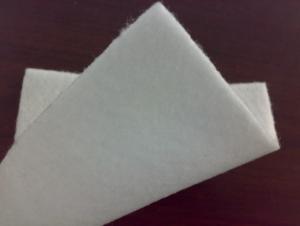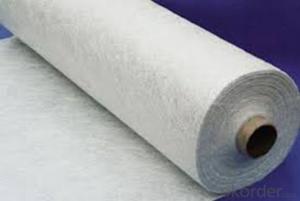Rsi Geotextiles High Strength Needle Punched Nonwoven Geotextile
- Loading Port:
- Qingdao
- Payment Terms:
- TT OR LC
- Min Order Qty:
- 10000 m²
- Supply Capability:
- 500000 m²/month
OKorder Service Pledge
OKorder Financial Service
You Might Also Like
Structure of High Strength Needle Punched Nonwoven Geotextile Description:
High permeability - under the pressure of water in the soil, can still maintain good permeability
Corrosion resistant - polypropylene or polyester fiber as raw material, acid, non-corrosive, non-insect, anti-oxidation
Main Features of the High Strength Needle Punched Nonwoven Geotextile:
1. Use of geotextile good permeability and water permeability, make water flow through, effectively intercept sand erosion
2. Geotextile has good conductive capability, it can be formed within soil drainage channel, , the internal structure of the soil efflux of excess liquids and gases.
High Strength Needle Punched Nonwoven Geotextile Images
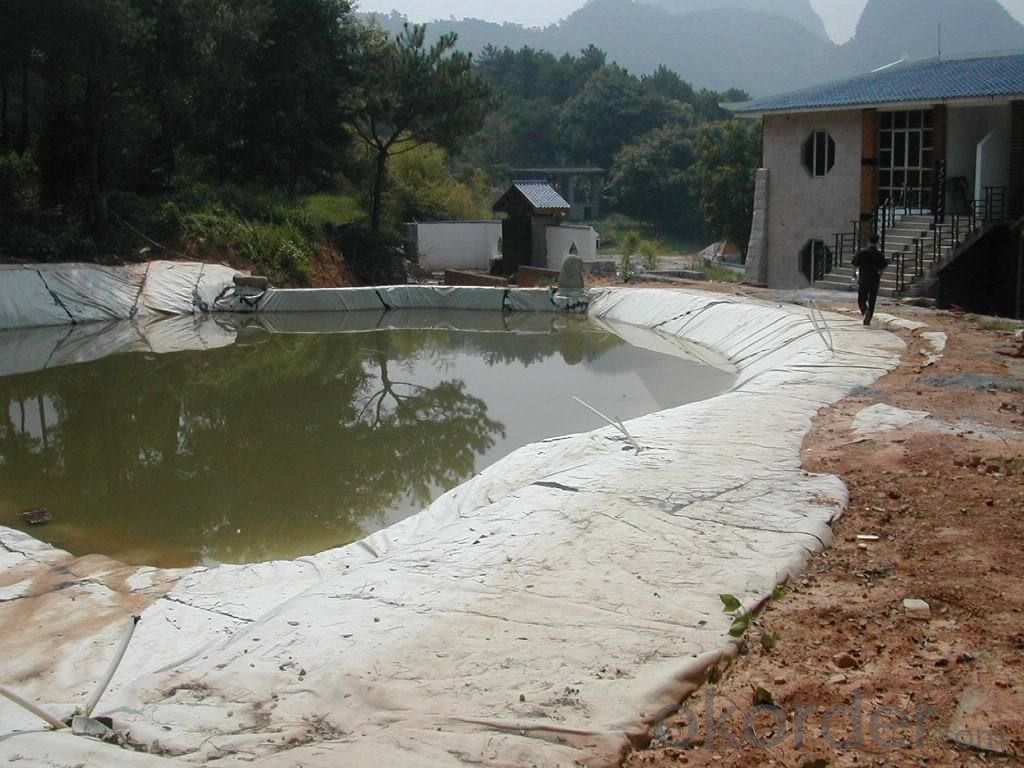
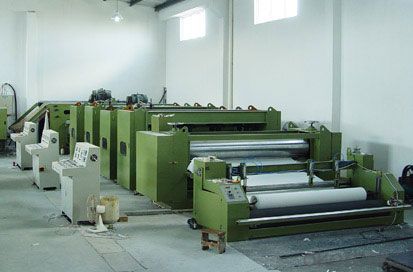
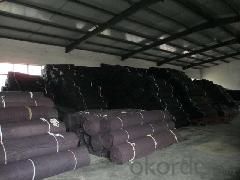
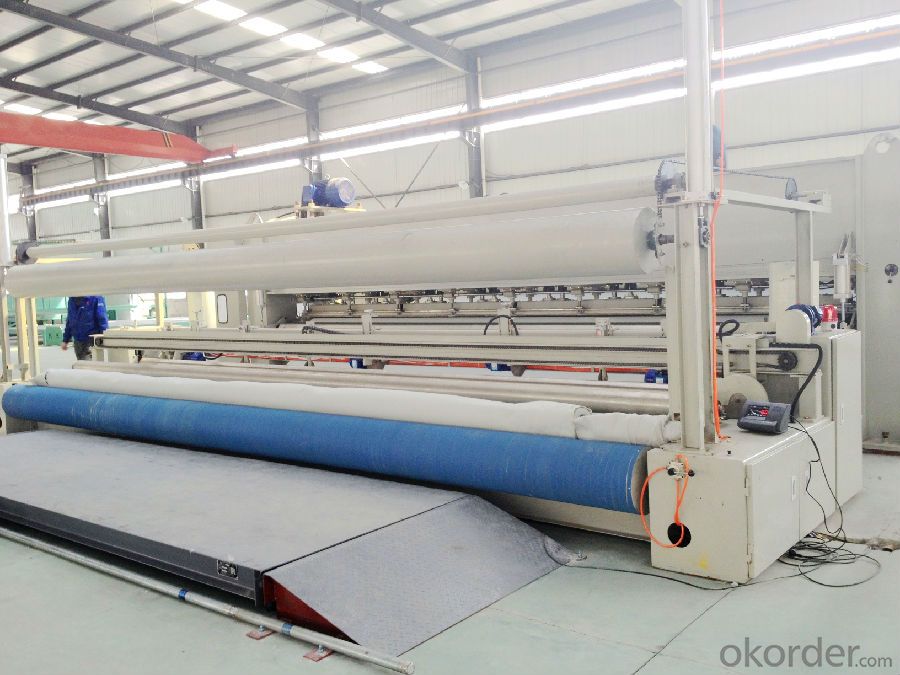
High Strength Needle Punched Nonwoven Geotextile Specification:
Durability:steady property,not easy to resolved ,air slaked and can keep the original property for long term.
Anti-erosion:anti-acid,anti- alkali,resist insects and mould.
Permeability: the woven geotextile can control the sieve size to retain permeability
| Item | Value | Note | ||||||||||
| 100 | 150 | 200 | 250 | 300 | 350 | 400 | 450 | 500 | 600 | 800 | ||
| Weight Variation(%) | -8 | -8 | -8 | -8 | -7 | -7 | -7 | -7 | -6 | -6 | -6 | |
| Thickness(mm)≥ | 0.9 | 1.3 | 1.7 | 2.1 | 2.4 | 2.7 | 3 | 3.3 | 3.6 | 4.1 | 5 | |
| Width Variation% | -0.5 | |||||||||||
| Breaking Strength( KN/m)≥ | 2.5 | 4.5 | 6.5 | 8 | 9.5 | 11 | 13 | 14 | 16 | 19 | 25 | MD and TD |
| Elongation at break% | 25-100 | |||||||||||
| CBR Mullen Burst Strength KN≥ | 0.3 | 0.6 | 0.9 | 1.2 | 1.5 | 1.8 | 2.1 | 2.4 | 2.7 | 3.2 | 4 | |
| Sieve Size O90(mm) | 0.07-0.2 | |||||||||||
| Vertical Permeability Coefficient cm/s | K×(10-1-10-3) | K=1.0-9.9 | ||||||||||
| Tearing Strength KN≥ | 0.08 | 0.12 | 0.2 | 0.2 | 0.2 | 0.3 | 0.3 | 0.4 | 0.4 | 0.5 | 0.6 | MD and TD |
FAQ
We have organized several common questions for our clients,may help you sincerely:
Q1: How about your company?
A1:Our company are one of the largest geosynthetic products supplier in the world.We have the products experience more than 20 years.Already export to USA/Germeny/Australia/Zambia/Brazil etc.more than 20 countries.Almost 10years.Our products including Geocell/Fiberglass Geogrid/Geomembrane/Geotextile/Geonet etc.
Q2:Can you send samples to us ?
A2:Yes , free samples could be provided , but customer need pay for the freight cost .
After order placed , the freight charge could be refund .
Q3:What’s your Payment term ?
A3:T/T , L/C , Western Union,Paypal ...
Q4:What’s your manufacture process time ?
A4:Usually within 20 days
- Q: How do geotextiles help in reducing the risk of landslides?
- Geotextiles help in reducing the risk of landslides by providing reinforcement and stabilization to soil slopes. They are placed within the ground to act as a barrier, preventing the movement of soil and reducing erosion. Geotextiles also improve drainage and promote the proper flow of water, reducing the build-up of excess moisture that can contribute to landslides. Overall, geotextiles play a crucial role in enhancing the stability and resilience of slopes, mitigating the risk of landslides.
- Q: The difference between short wire geotextile and filament geotextile
- Geotextile is a collectively, he includes filament geotextile, short wire geotextile, woven geotextile, woven geotextile, hot pressed nonwovens. Polyester filament geotextile color is mainly white, green. Gray two categories. The length of the fiber is greater than 4.5 cm. Strong strength is very high. Looks very good distinction.
- Q: Can geotextiles be used in mining applications?
- Yes, geotextiles can be used in mining applications. They are commonly used in mining operations for various purposes such as erosion control, slope stabilization, drainage, and filtration. Geotextiles help in preventing soil erosion, managing water flow, and enhancing the overall stability of mining sites. They are also used for lining tailings ponds and controlling sedimentation. Overall, geotextiles play a crucial role in improving the efficiency and environmental sustainability of mining operations.
- Q: How do geotextiles affect soil settlement?
- Geotextiles can significantly affect soil settlement by providing reinforcement and stabilization. These synthetic materials help distribute the loads applied to the soil, reducing settlement and preventing soil movement. They also improve drainage and filtration, allowing water to pass through the soil more easily, minimizing the potential for settlement due to water accumulation. Overall, geotextiles play a crucial role in controlling soil settlement and maintaining the stability of various structures.
- Q: White geotextile surface from the particles?
- Hello, did not understand your problem, the general geotextile will not play a grain of ah
- Q: How do geotextiles aid in the reduction of differential settlement?
- Geotextiles aid in the reduction of differential settlement by providing a stable and uniform foundation for the soil. They distribute and equalize the load across the soil, preventing differential settlement and ensuring the overall stability of the structure. Additionally, geotextiles can help in reinforcing weak soils, improving their bearing capacity and reducing the potential for differential settlement.
- Q: How do geotextiles help in preventing lateral spreading of soil?
- Geotextiles help prevent lateral spreading of soil by acting as a barrier or stabilizer. They are placed within the soil, creating a stable layer that restricts the movement of particles and soil mass. This prevents the soil from shifting laterally and helps maintain its stability, especially in areas prone to erosion or landslides.
- Q: What are the design considerations for geotextile-reinforced slopes?
- Some of the key design considerations for geotextile-reinforced slopes include the selection of appropriate geotextile material, the determination of proper reinforcement spacing and orientation, the assessment of slope stability and soil characteristics, and the consideration of environmental factors such as water drainage and vegetation. Additionally, the design should take into account the expected loads and stresses on the slope, as well as potential erosion and long-term durability of the geotextiles.
- Q: What is the price per square of the non-woven polyester fabric? What is the difference between the geotextile used in the building?
- The price of non-woven polyester fiber cloth is by weight per tonne, higher than the melting point of commonly used geotextiles, strong indicators are also high, longer service life. Building commonly used polyester short wire acupuncture geotextile its strong indicators of low, the price is low.
- Q: What are the applications of geotextiles?
- Geotextiles have various applications in civil engineering and construction projects. They are commonly used for soil stabilization, erosion control, filtration, drainage, and reinforcement purposes. Geotextiles can be found in road and railway construction, landfills, coastal protection, retaining walls, and even in agriculture for weed control and soil improvement.
Send your message to us
Rsi Geotextiles High Strength Needle Punched Nonwoven Geotextile
- Loading Port:
- Qingdao
- Payment Terms:
- TT OR LC
- Min Order Qty:
- 10000 m²
- Supply Capability:
- 500000 m²/month
OKorder Service Pledge
OKorder Financial Service
Similar products
Hot products
Hot Searches
Related keywords
